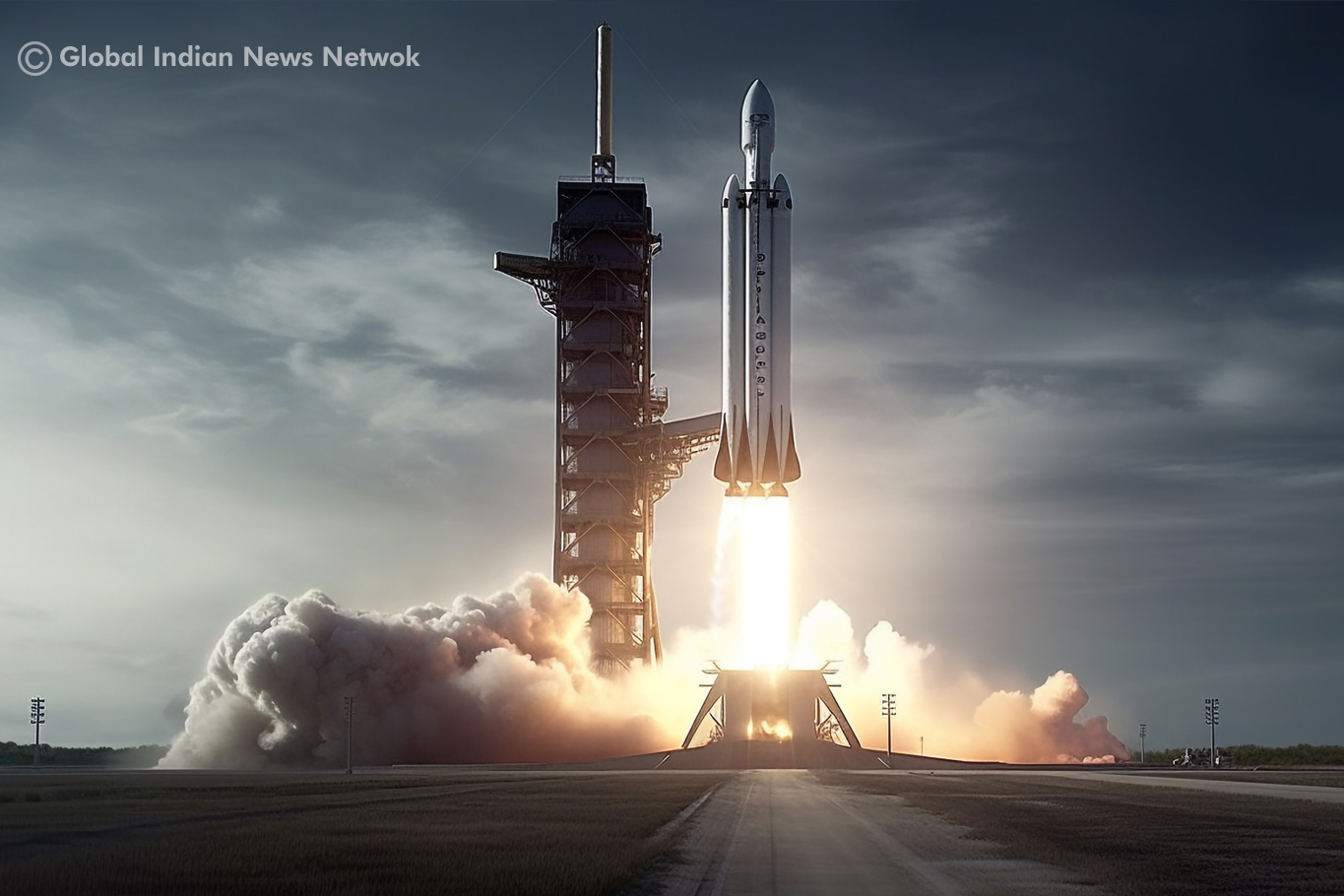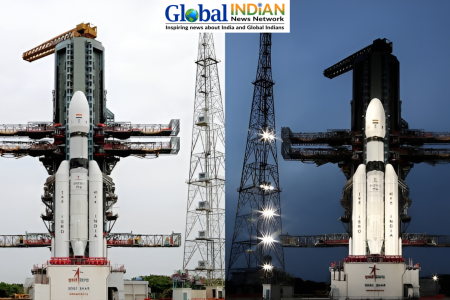 The Indian National Space Promotion and Authorisation Centre (IN-SPACe) announced plans for 30 space launches from Sriharikota, India, over the next 14 months. These launches, involving both commercial and government entities, include critical missions related to India’s human space endeavor, Gaganyaan. IN-SPACe, the regulatory body for the private space sector, revealed this integrated launch plan, utilizing infrastructure from the Indian Space Research Organisation (ISRO).
The Indian National Space Promotion and Authorisation Centre (IN-SPACe) announced plans for 30 space launches from Sriharikota, India, over the next 14 months. These launches, involving both commercial and government entities, include critical missions related to India’s human space endeavor, Gaganyaan. IN-SPACe, the regulatory body for the private space sector, revealed this integrated launch plan, utilizing infrastructure from the Indian Space Research Organisation (ISRO).
Approximately half of the proposed launches are commercial ventures, with the remainder being user-funded, scientific, or technology test missions. Seven of the commercial missions are attributed to NewSpace India Ltd., the commercial wing of the Department of Space, including the realization of two Polar Satellite Launch Vehicles (PSLV) through a consortium involving L&T and HAL. This surge in launch activity signals significant growth in the country’s space sector.
This initiative aligns with the objectives outlined in India’s recently ratified Space Policy, which entrusts IN-SPACe with the authorization of launch manifestos. These manifestos encompass a wide range of missions, from ISRO’s scientific endeavors to commercial launches, aligning with the vision of ‘Aatmnirbhar Bharat’ (Self-Reliant India).
Key private sector ventures include sub-orbital and orbital launches by companies like Agnikul Cosmos and Skyroot Aerospace. Various private sector satellites, including those from Digantara Research & Technology, Dhruvaspace, and academic institutes like IIT-Madras, are also slated for launch.
While the launch manifesto outlines planned missions, IN-SPACe remains flexible to accommodate additional requirements from private players. The roster includes missions scheduled for the current fiscal year and the following year, encompassing a diverse array of endeavors ranging from ISRO’s user-funded missions to commercial space endeavors.
Among the highlighted missions are PSLV C58, GSLV-F14, and AGNIBAAN-SORTeD in the current fiscal year, followed by PSLV C60, GSLV F15, and a host of commercial ventures in the subsequent year. These missions underscore India’s commitment to expanding its presence in space and fostering a vibrant space ecosystem.













